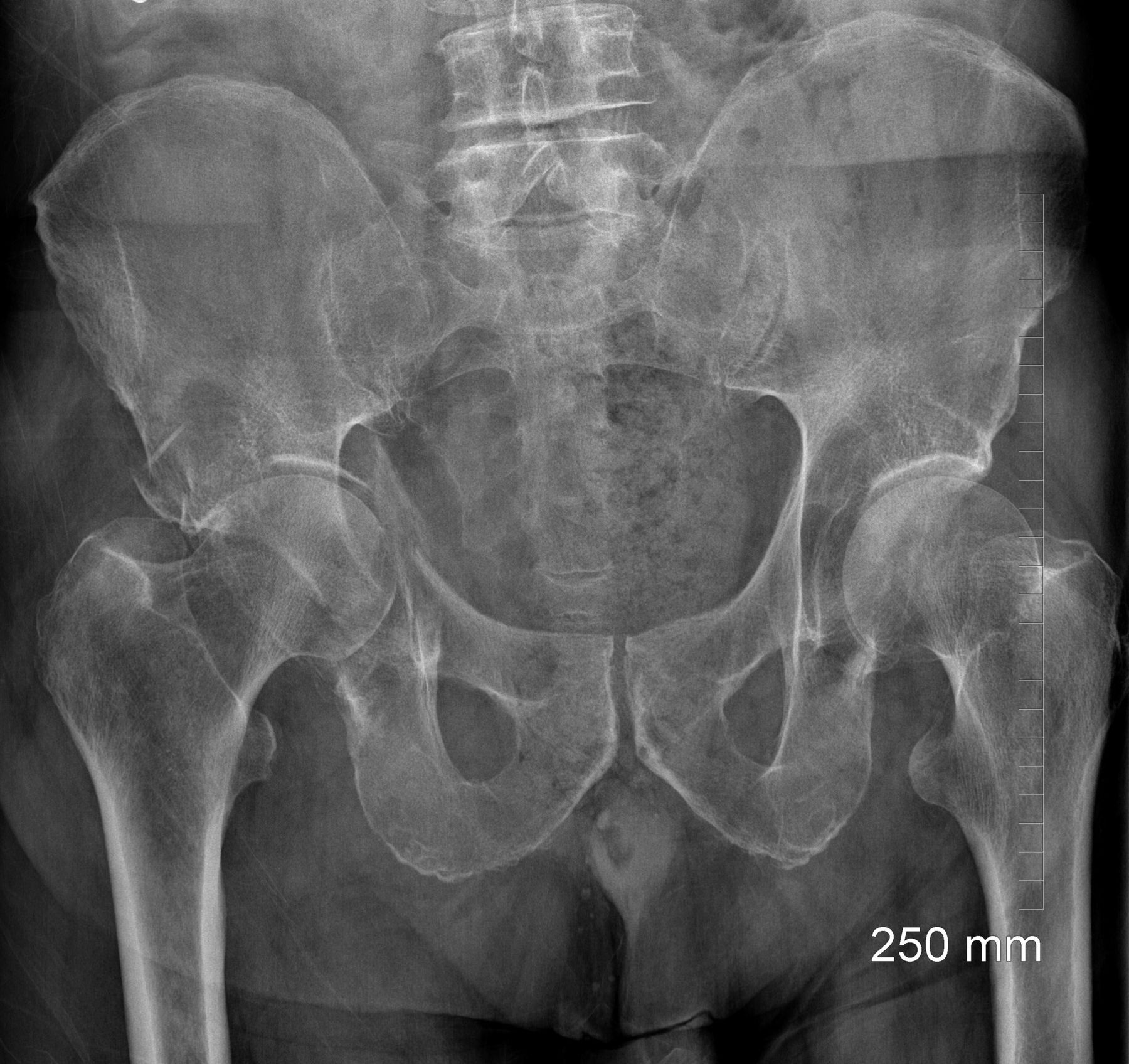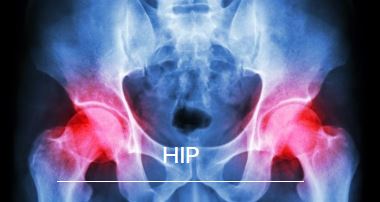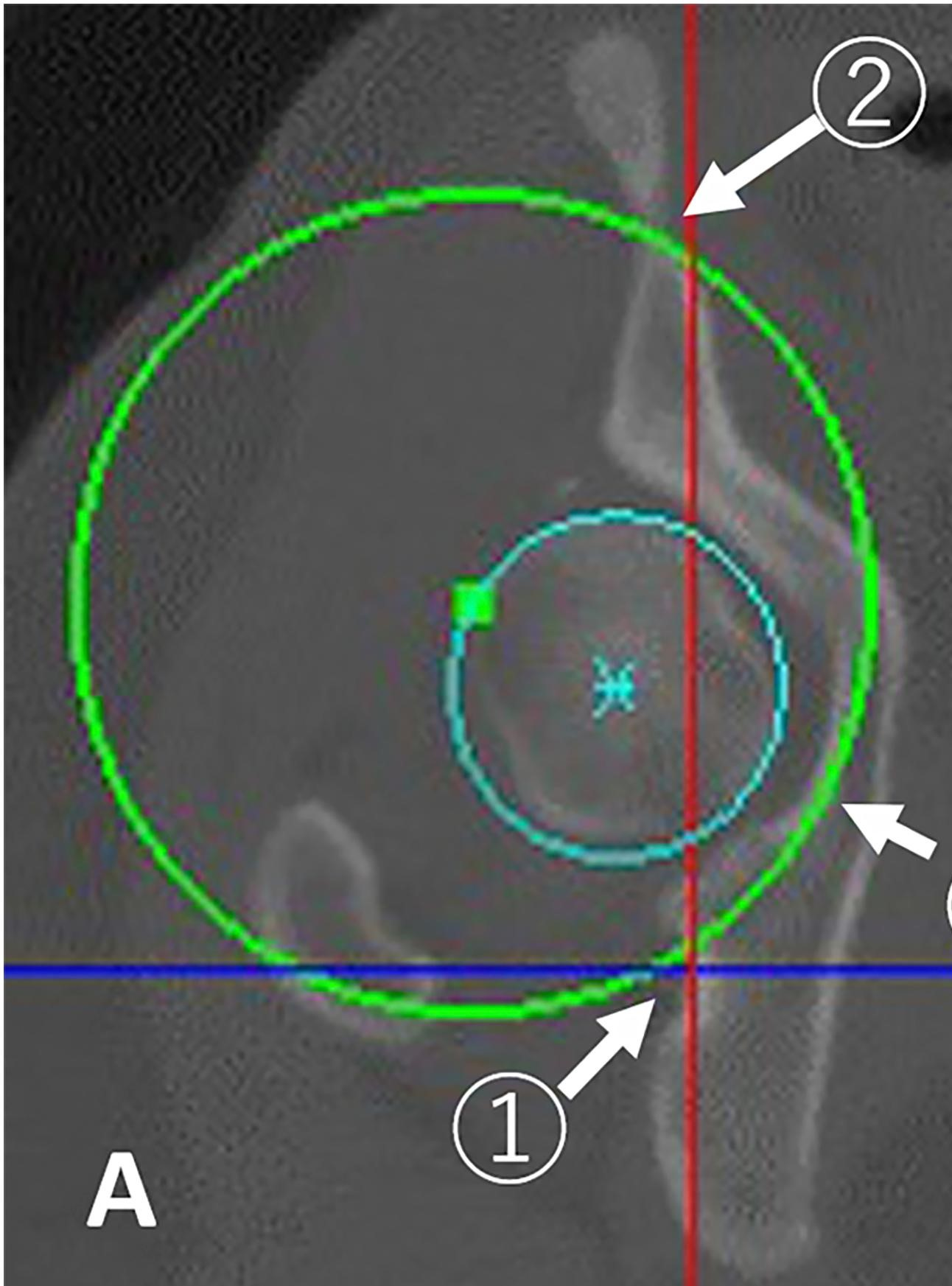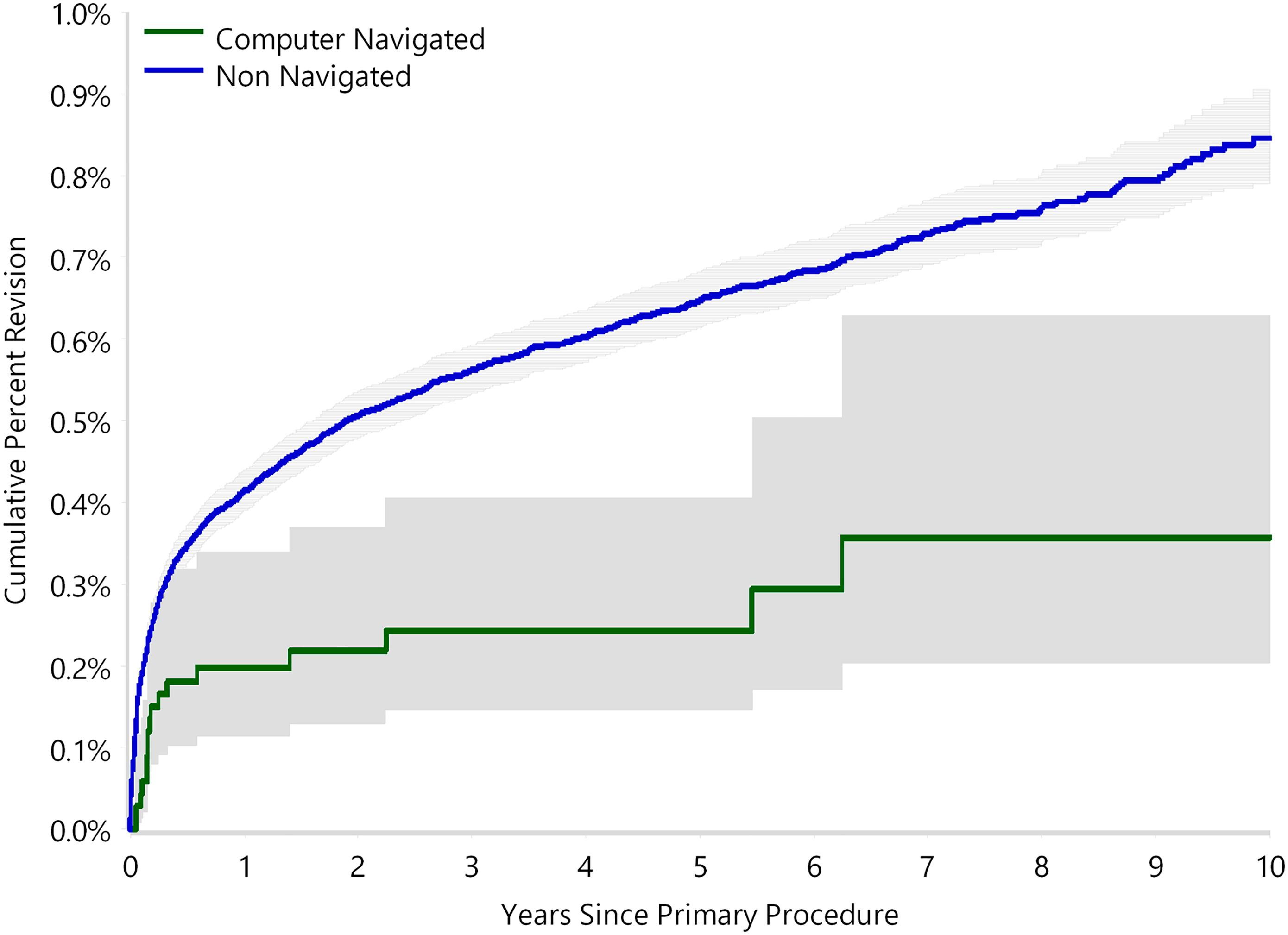The use of computer navigation in total joint arthroplasty is increasing. Navigation has been employed less in total hip arthroplasty (THA) than in total knee arthroplasty, perhaps because of the increased need for
Category: Hip

In a new study reported in JBJS, Gausden et al. evaluated implant survivorship, complications, and radiographic results of a specific collarless, polished, tapered cemented stem (Exeter; Stryker) used selectively in a predominantly elderly

When discussing patient outcomes of hip fractures, we often are speaking of fractures of the proximal part of the femur. But what about the other side of the hip joint, the acetabulum? Among fragility-related injuries, we’re seeing a rise in the incidence of acetabular fractures. And

Every month, JBJS publishes a review of the most pertinent and impactful studies from the orthopaedic literature during the previous year in 14 subspecialty areas. Click here for

As surgeons, we are always looking to improve, or at least we should be. How can we obtain better outcomes? How can procedures be more time efficient? Can
JBJS Essential Surgical Techniques (EST) and The Journal of Bone and Joint Surgery (JBJS) give out two annual awards–one for the best Subspecialty Procedure (SP) video article, and the other
Genetic susceptibility to orthopaedic conditions is of interest to clinicians and patients alike. While the link between genetics and certain pediatric conditions is known, studies
There have been 3 historic cycles of interest in surface replacement of the hip in the last 40 years. The second cycle occurred in the 1980s into the 1990s, when
In a study now reported in JBJS, Acuña et al. analyzed Medicare reimbursements associated with revision total hip arthroplasty (THA) procedures. After adjusting for inflation, they found that the mean

Every month, JBJS publishes a review of the most pertinent and impactful studies reported in the orthopaedic literature during the previous year in 14 subspecialties. Click here for a collection of all such OrthoBuzz specialty-update summaries. This

